On January 9, a serious medical emergency occurred on a Ryanair flight from Birmingham to Verona. Dr. Rashid Riaz, a 43-year-old doctor from the NHS in Hereford, was on board for a skiing holiday when a woman in her 70s experienced severe shortness of breath.
The cabin crew urgently inquired if there was a healthcare worker on the flight, and Dr. Riaz stepped forward to assist the ailing passenger.
Using Apple Watch in a Critical Situation
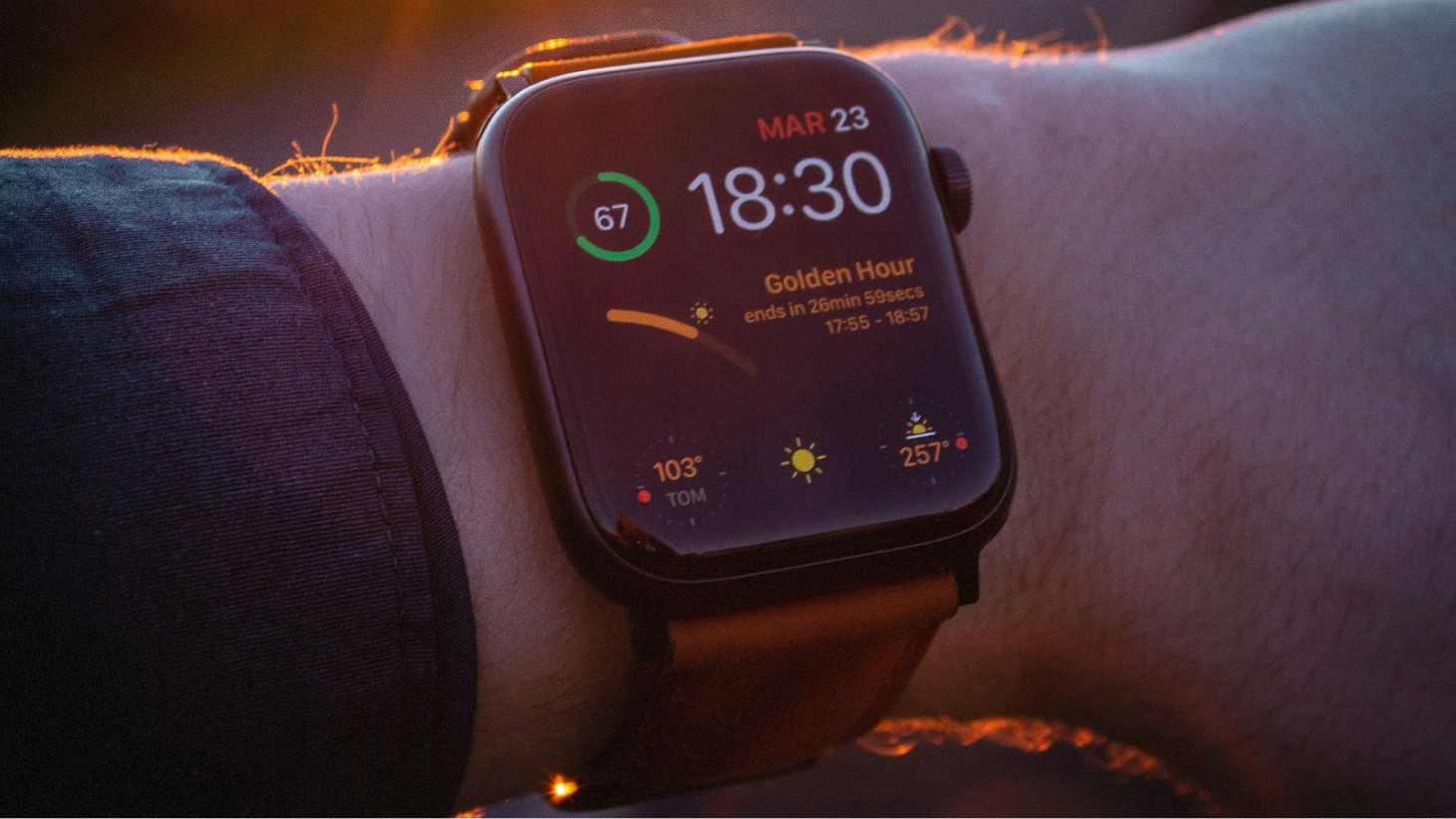
Faced with a lack of medical equipment, Dr. Riaz resourcefully borrowed an Apple Watch from a flight attendant.
He used the watch’s health-monitoring software to assess the patient’s oxygen levels. “The Apple Watch helped me find out the patient had low oxygen saturation,” Dr. Riaz explained to BBC News.
Effective Communication in a Medical Emergency
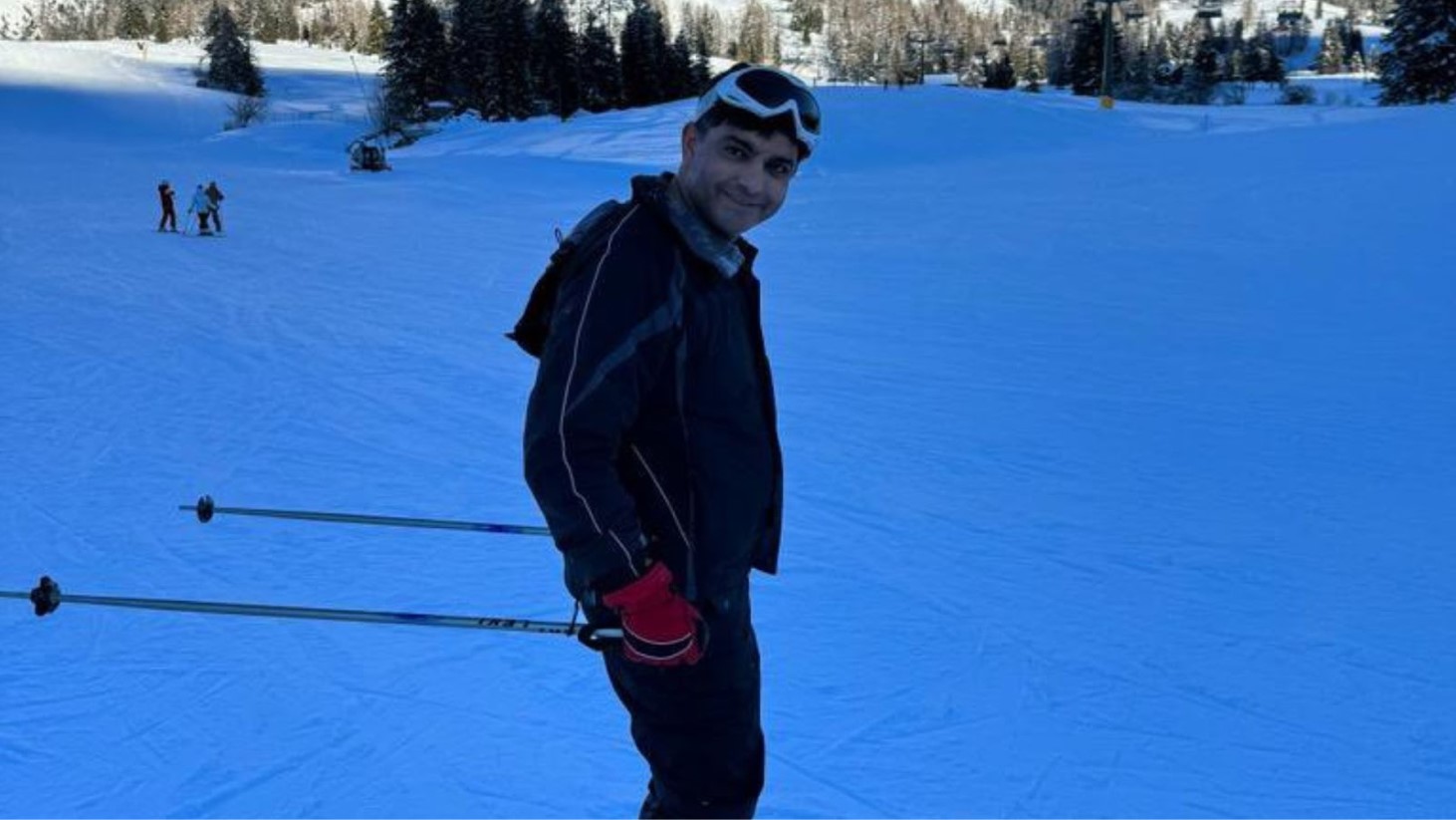
BBC News reveals that Dr. Riaz’s ability to communicate with the patient in Urdu, her native language, was pivotal. He discovered that she had a history of heart problems, which was crucial information for treating her effectively.
His bilingual skills enabled him to both diagnose the patient’s condition and reassure her husband during this stressful situation.
The Role of Consumer Technology in Medical Care
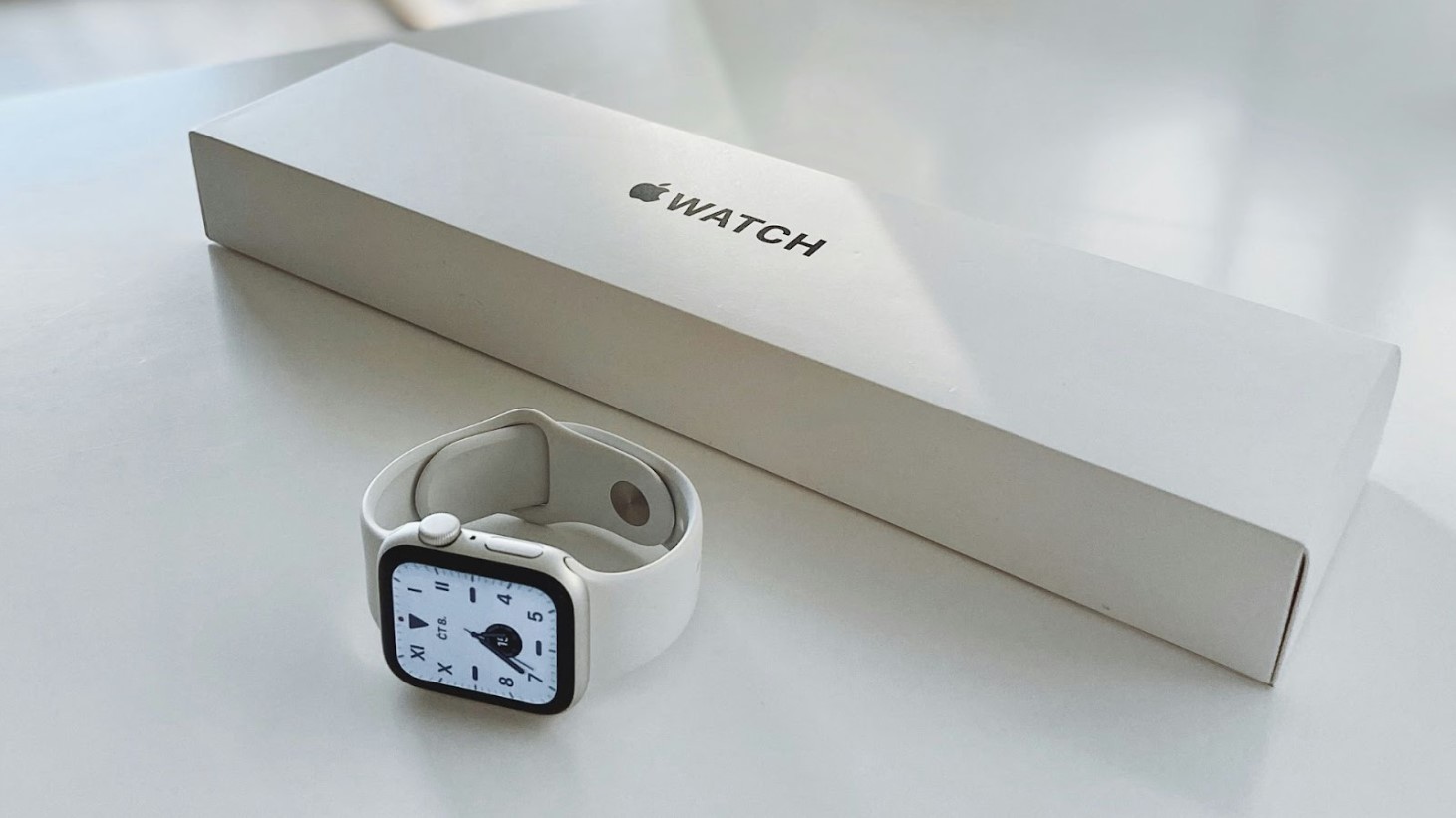
The incident is an example of an unconventional use of consumer technology in a medical emergency.
BBC News details how the Apple Watch, primarily designed for general fitness and wellness, became an essential tool for Dr. Riaz to monitor the patient’s condition. Apple’s website states that the Blood Oxygen app is “not intended for medical use,” yet it proved invaluable in this situation.
Stabilizing the Patient with Limited Resources
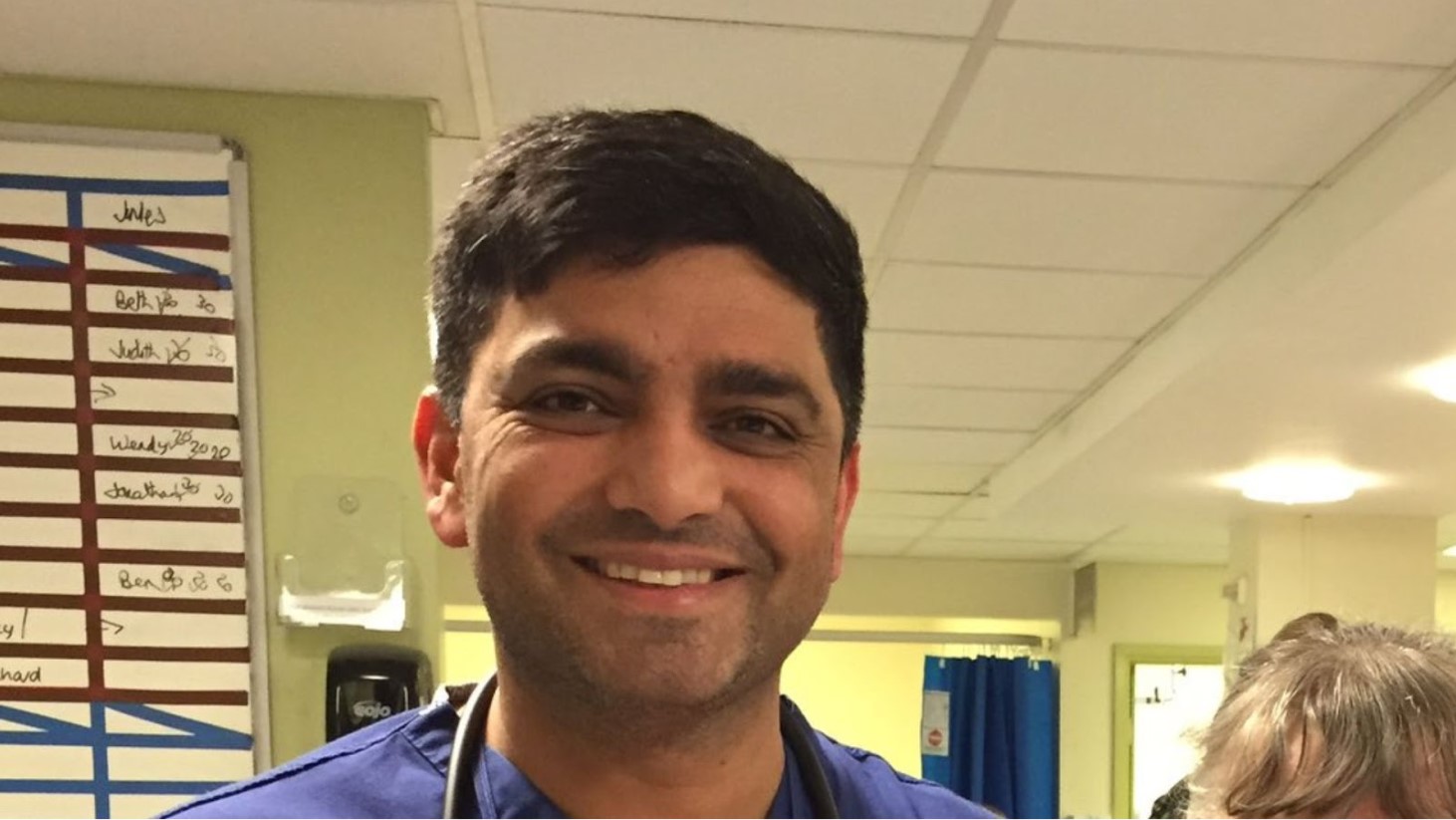
With the help of the Apple Watch, Dr. Riaz was able to stabilize the patient’s condition.
The New York Post reports that he requested an on-board oxygen cylinder from the flight crew, which allowed him to maintain the woman’s oxygen saturation levels until they landed safely in Italy.
A Speedy Recovery and a Doctor’s Reflection
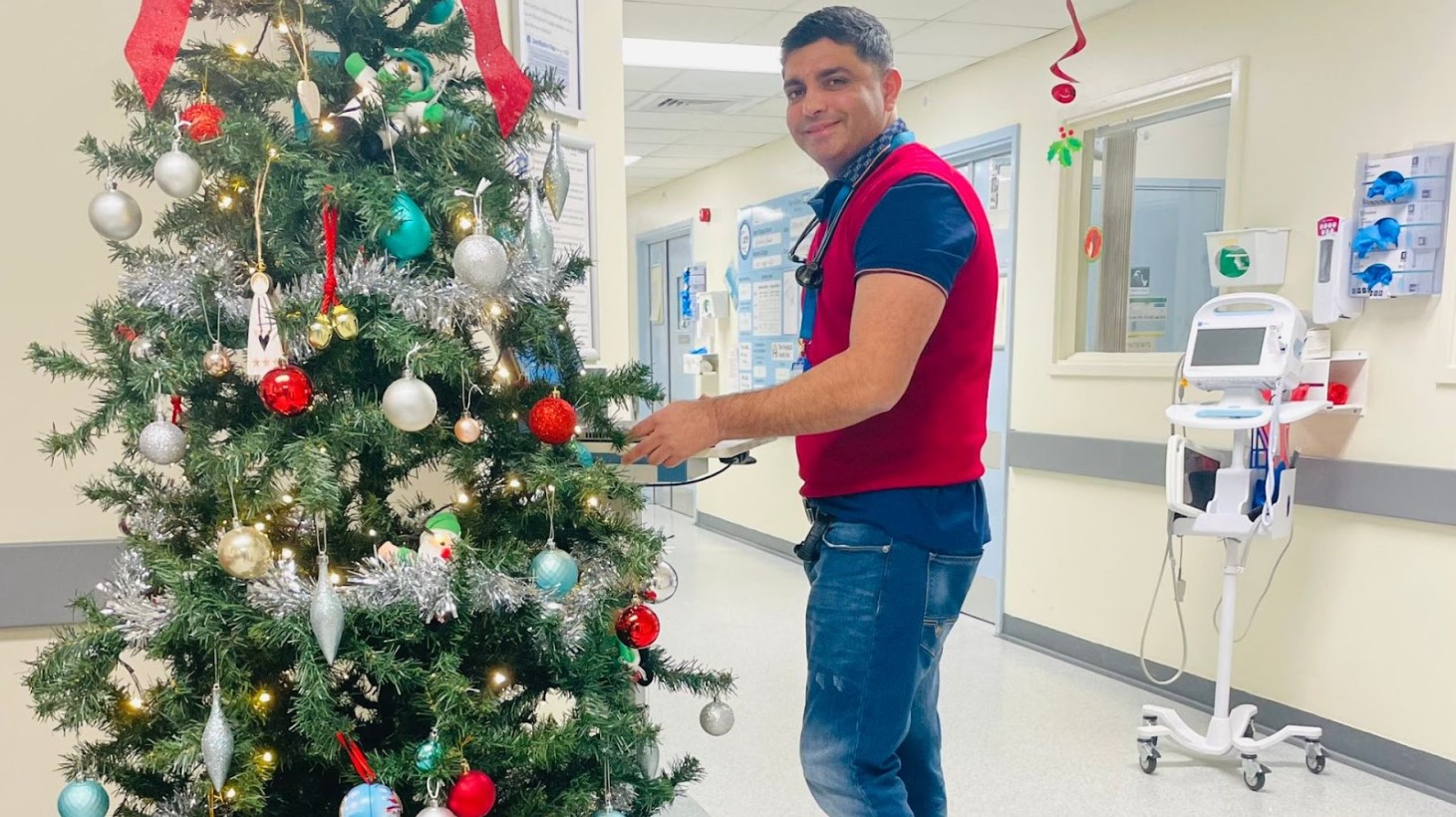
Upon landing, the elderly patient recovered quickly and was able to walk off the flight with assistance.
Reflecting on the incident, Dr. Riaz said to BBC News, “I used a lot of my own learning during this flight on how to use the gadget.”
Advocating for Improved Medical Equipment on Flights
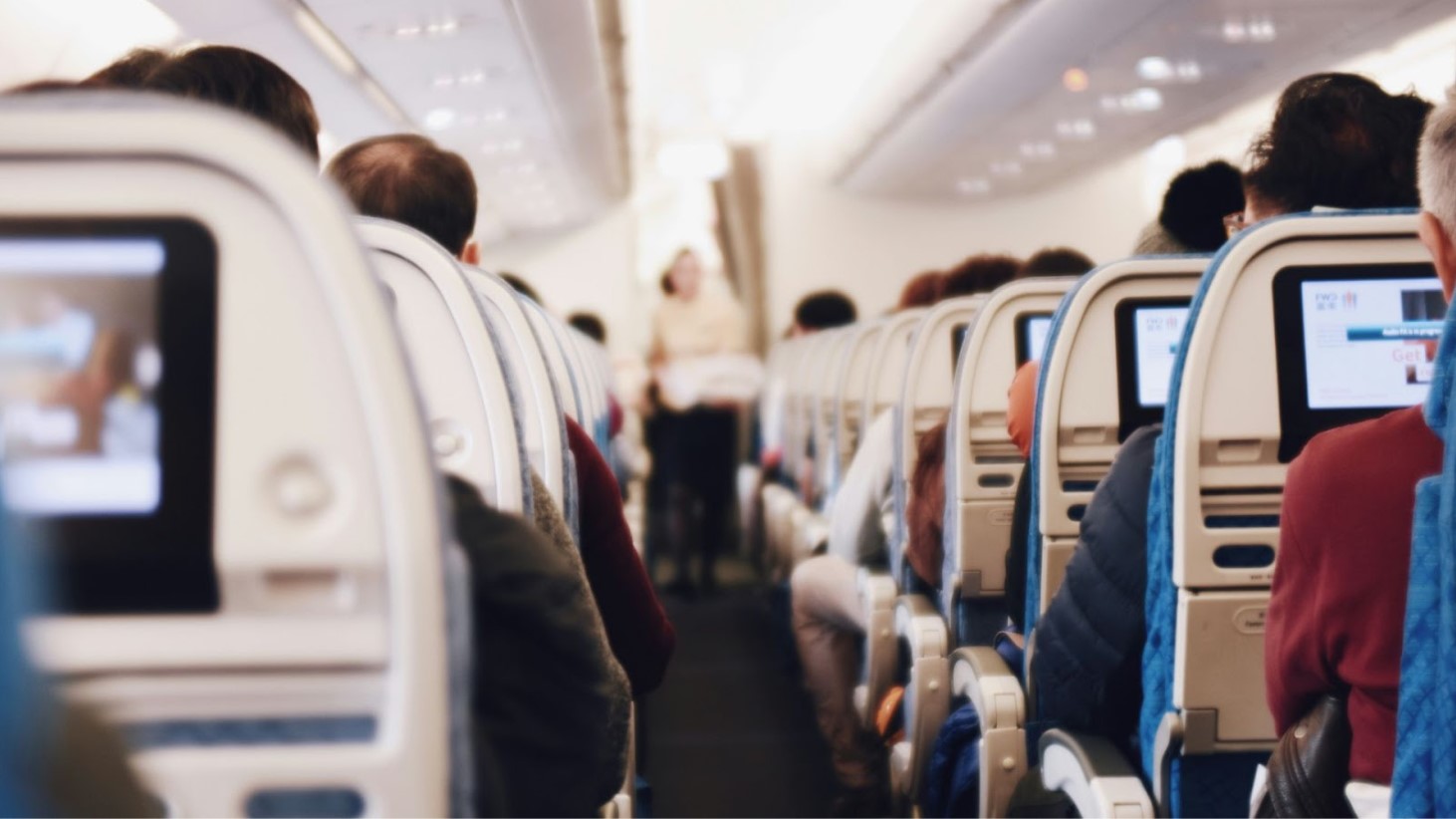
Following the incident, Dr. Riaz suggested that airlines should consider equipping flights with emergency physician kits. He stated to BBC News, “These things can save someone’s life in an emergency situation.”
These kits ideally contain tools for basic measurements, diabetic and blood pressure meters, and an oxygen saturation monitor.
Legal and Product Development Issues around Apple Watch
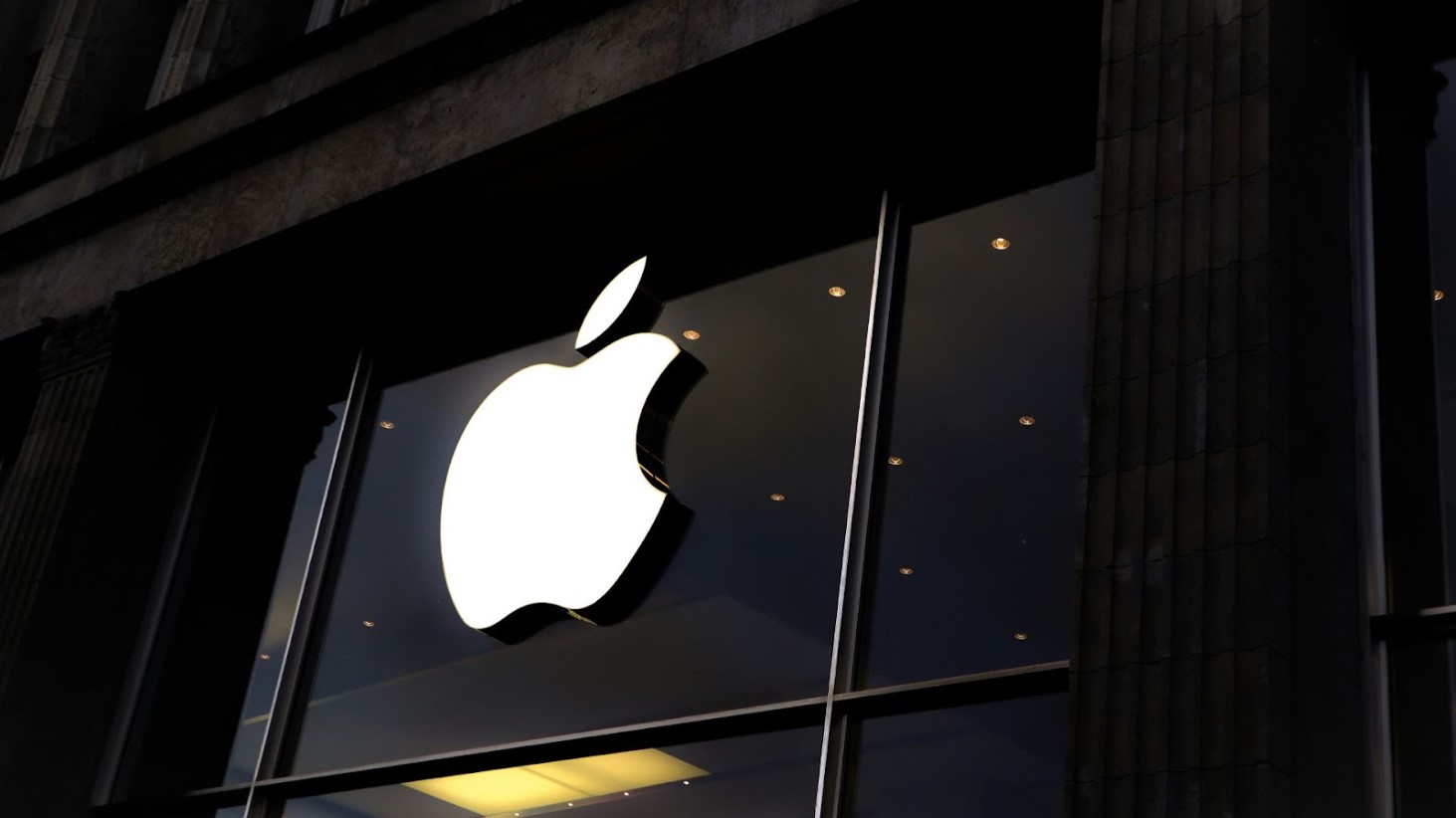
While the Apple Watch played a crucial role in this emergency, Apple is involved in a patent dispute with medical technology company Masimo over the software.
Furthermore, Apple announced that it would release its Series 9 and Ultra 2 Apple Watches without the blood oxygen feature, possibly due to this dispute, per The New York Post.
The Unexpected Utility of Consumer Gadgets
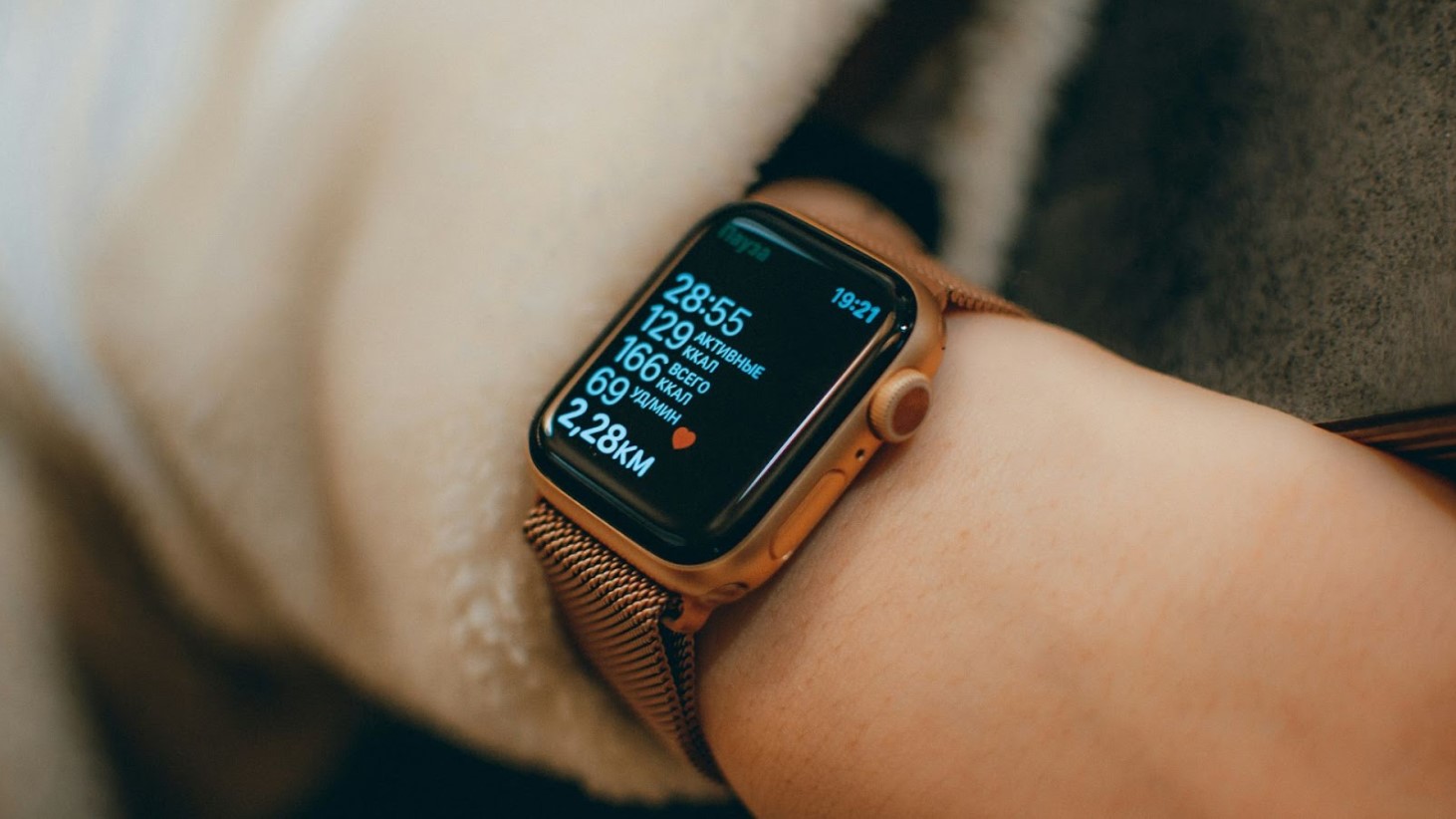
This incident demonstrates the unexpected utility of consumer gadgets in critical situations.
BBC News details how the Apple Watch, with its health-monitoring capabilities, transitioned from a wellness device to a medical tool. It is an example of how everyday technology can have applications beyond its intended use, especially in emergency scenarios.
A Narrow Escape from Carbon Monoxide Poisoning

This incident is not the only case where an Apple Watch has helped in an emergency scenario. ABC News reports that in Delaware, Natalie Nasatka credits her Apple Watch for saving her life during a carbon monoxide leak.
Experiencing weakness, dizziness, and blurred vision, she was unable to find her phone. “I was too weak to try to find my phone, so I used my Apple Watch and held down the side button,” Nasatka recounted. The watch’s SOS feature connected her to 911, and alerted her emergency contacts, ultimately leading to her rescue by emergency responders.
Life-Saving Alerts During a Medical Emergency
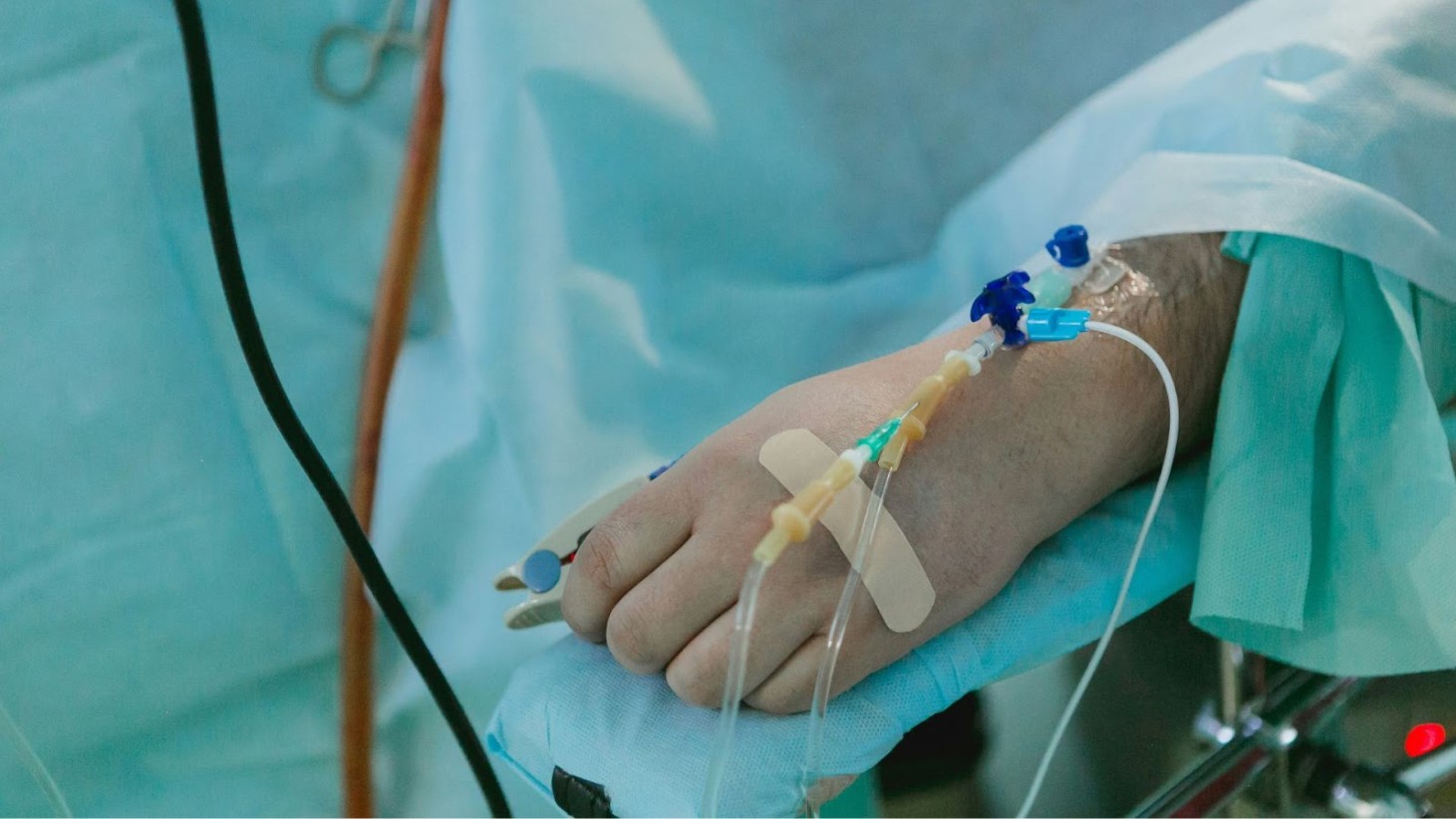
In another incident the Apple Watch proved to be a life-saving device for William Monzidelis in New York. While at his family’s bowling alley, he received a critical alert on his watch, prompting him to seek immediate medical attention after feeling unwell.
“I was seizing in the car and bleeding all over the place…,” Monzidelis told NBC New York. He lost nearly 80% of his blood volume on the way to the hospital and received an urgent blood transfusion upon arrival. Doctors believe the timely alert from his Apple Watch was crucial in saving his life.
Rethinking In-Flight Medical Preparedness
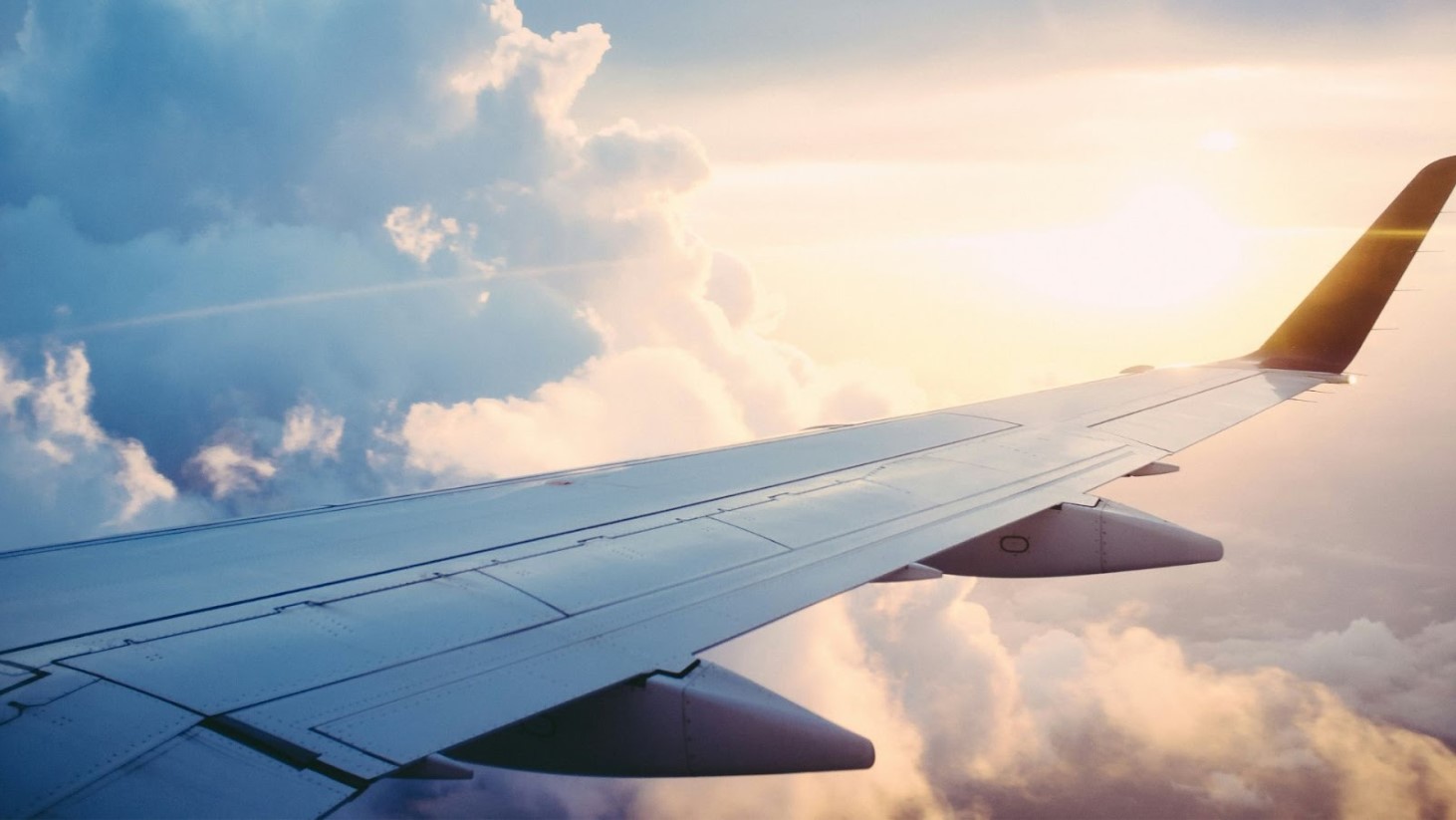
The incident on the Ryanair flight prompts a reevaluation of in-flight medical preparedness. Dr Riaz said to BBC News, “It is a lesson in how we can improve in-flight journeys [with] this sort of emergency [via] a basic gadget which nowadays is easily available.”
Dr. Riaz’s experience and recommendations highlight the need for airlines to equip their flights with comprehensive medical kits.








































